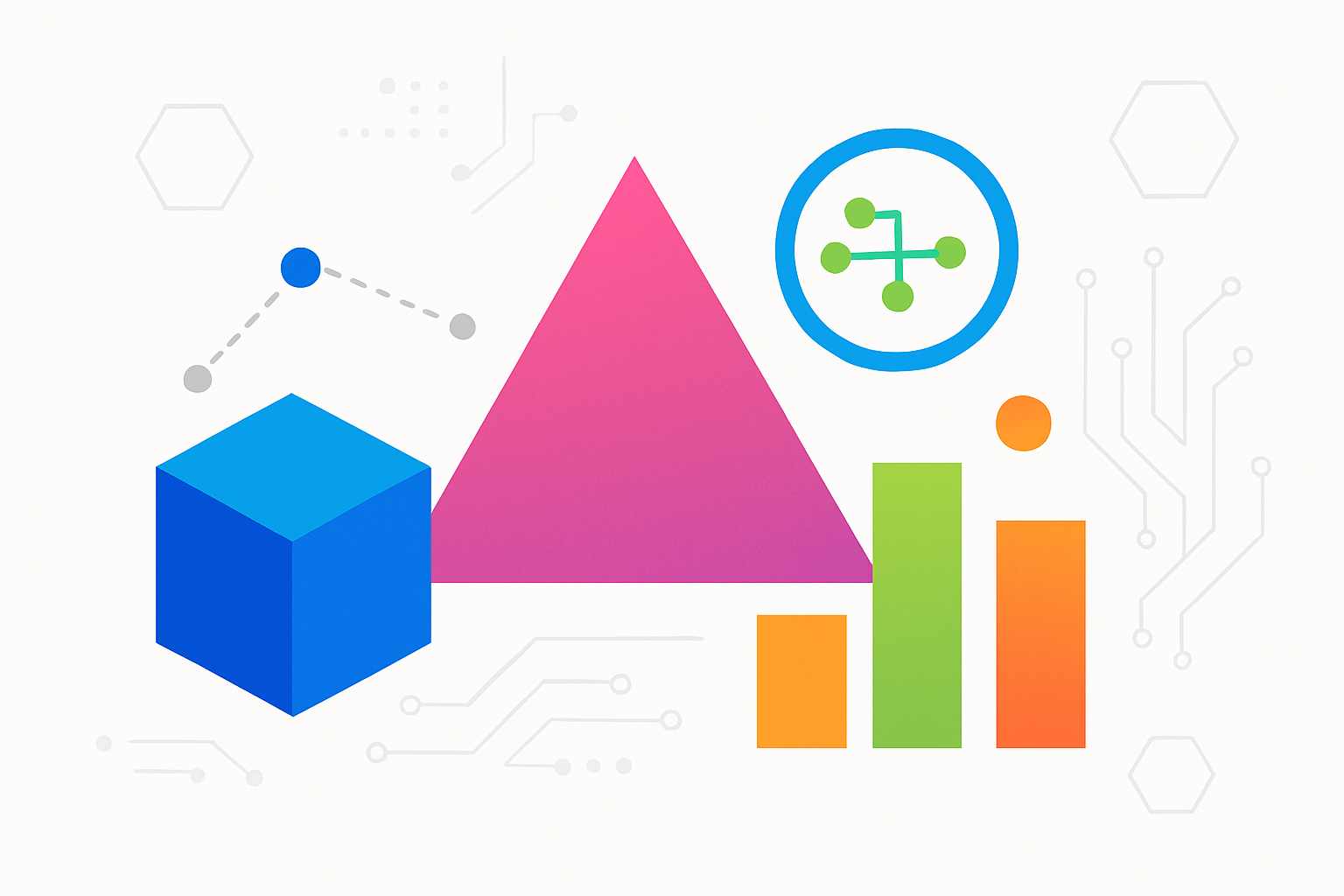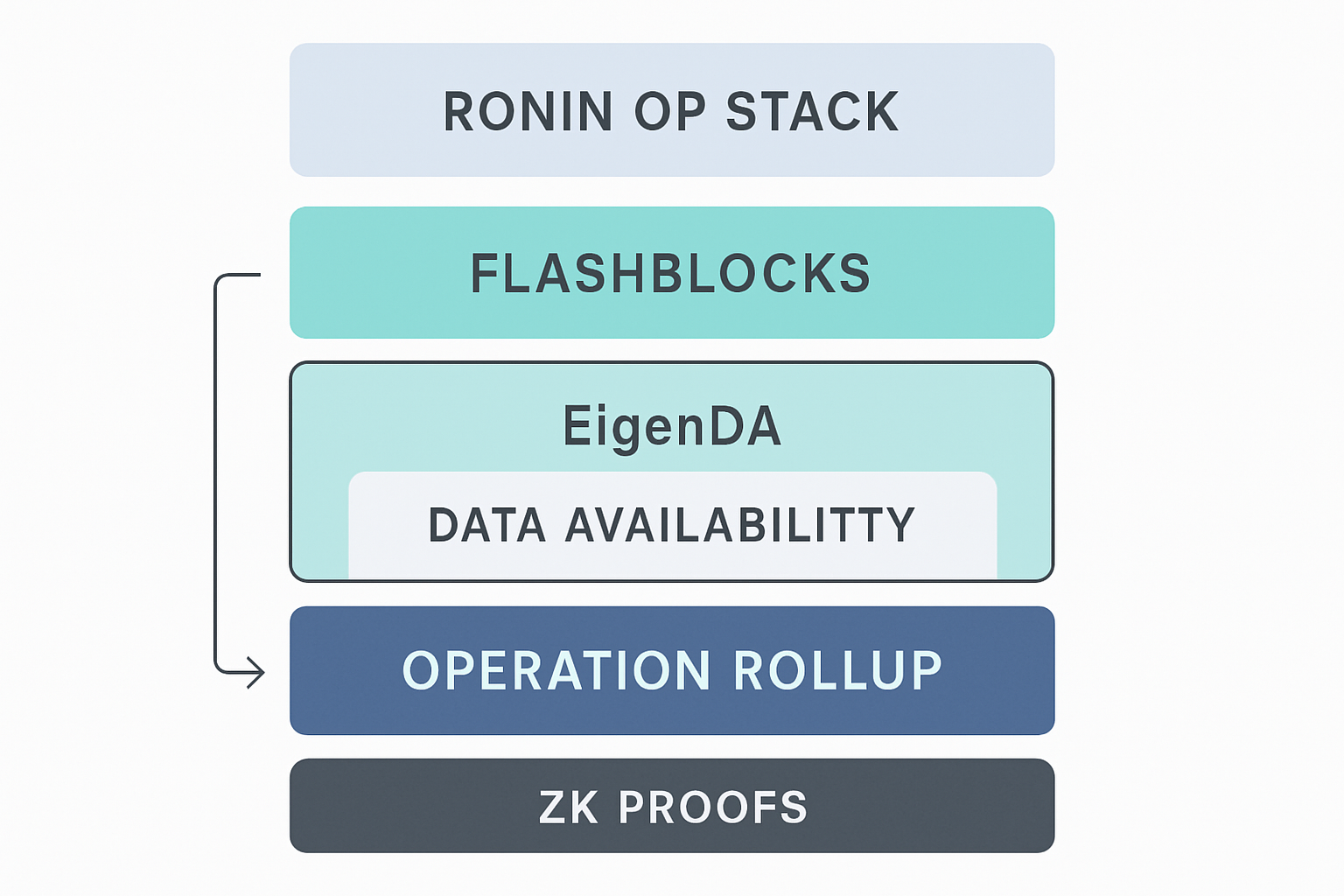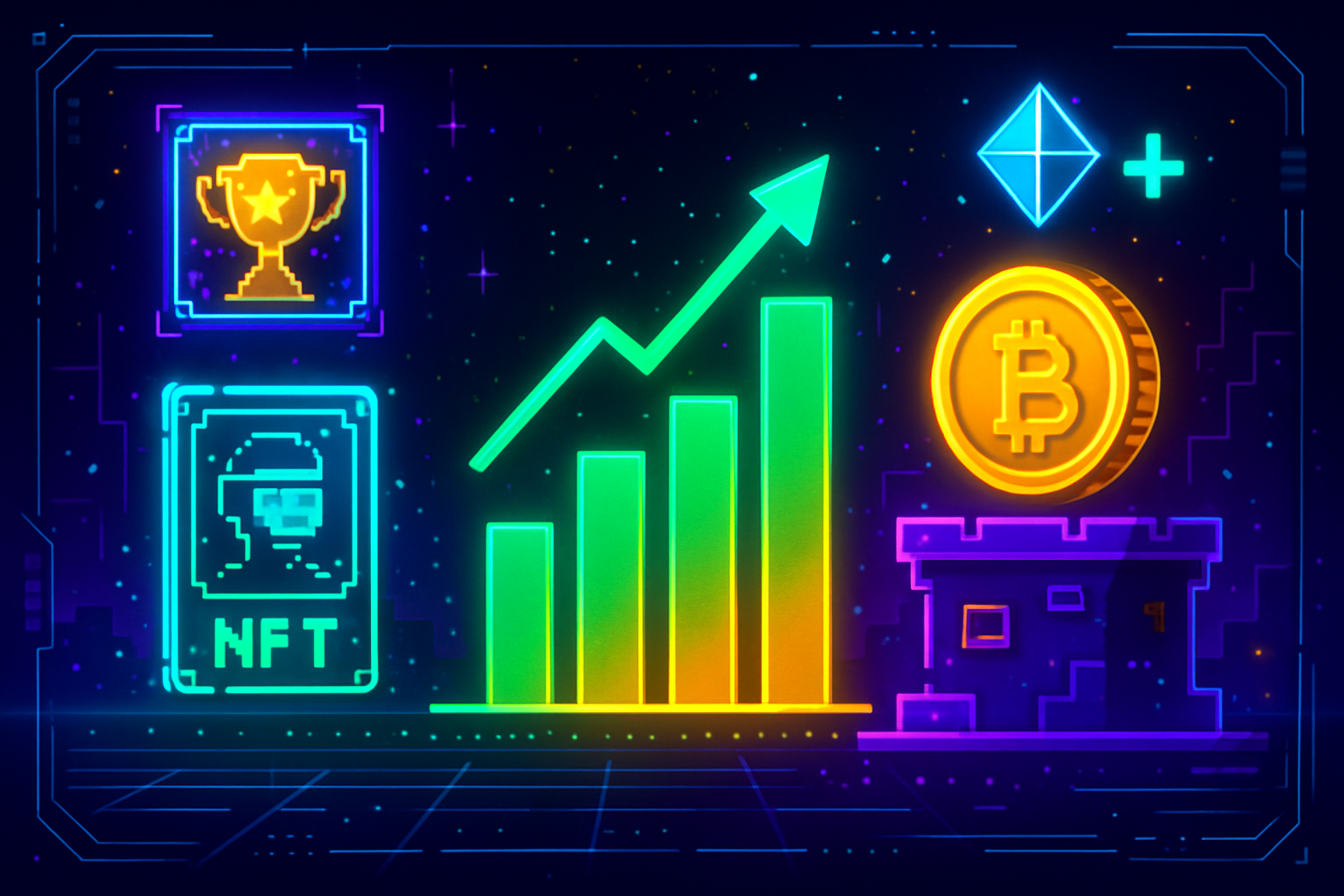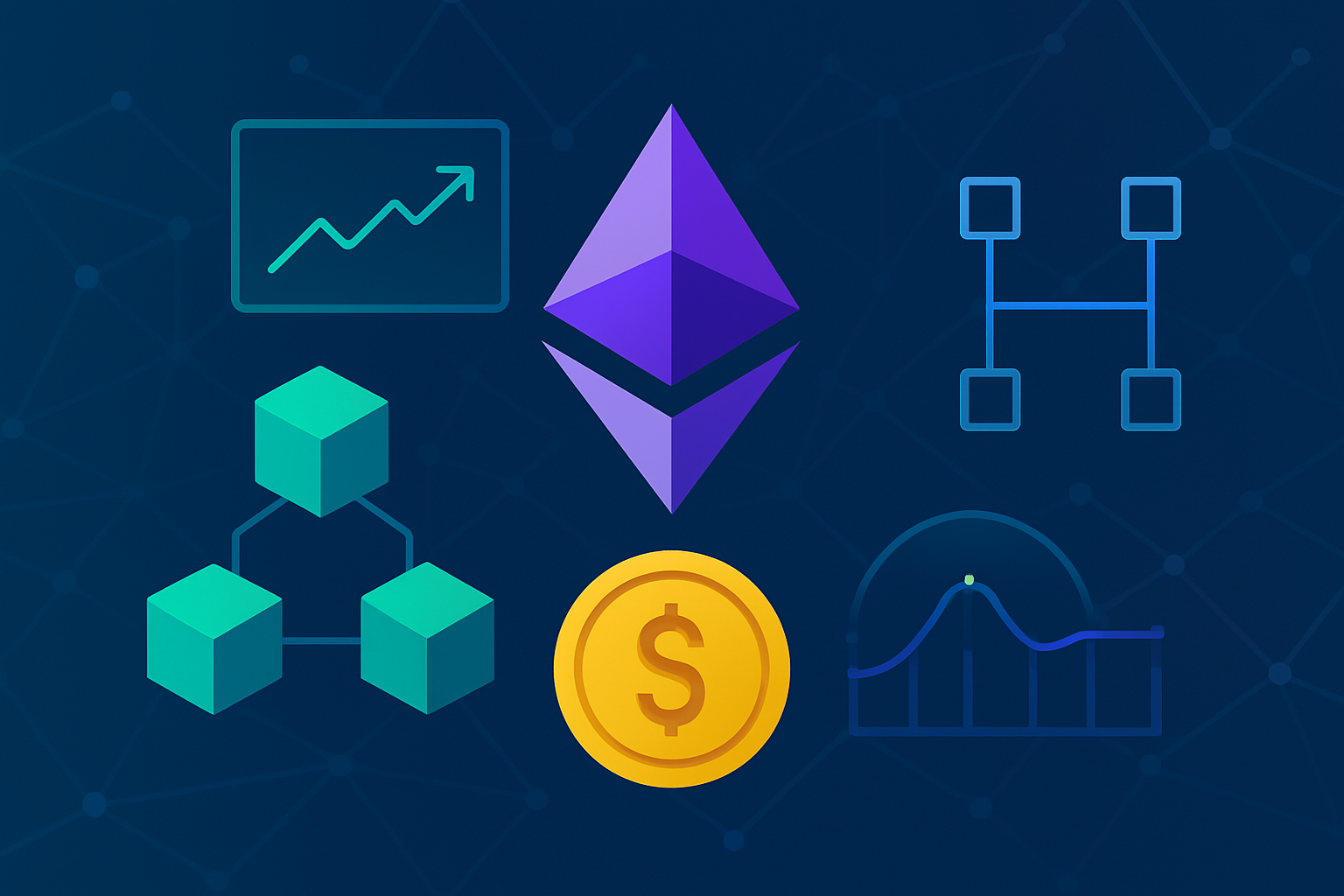
Ronin Network’s transition to an Ethereum Layer 2, powered by Optimism’s OP Stack, is a leap forward for blockchain scalability and gaming infrastructure. With the Ronin (RON) token currently priced at $0.2912, this upgrade brings near-instant transaction finality and unprecedented throughput to the network. Let’s dissect how Ronin OP Stack L2 achieves its ambitious targets of 100-200ms finality and 1 million transactions per second (TPS), setting new standards for both speed and scale.

Architectural Foundation: Why the OP Stack?
The OP Stack is a modular, open-source framework developed by Optimism, designed specifically to enable high-performance Layer 2 solutions on Ethereum. By choosing this stack, Ronin leverages a proven architecture that separates core functions like execution, settlement, consensus, and data availability. This separation is critical: it allows each layer to be upgraded or optimized independently, making the system both agile and robust.
Key benefits of the OP Stack for Ronin include:
- 15x faster block times – enabling blocks every 100-200ms compared to traditional Layer 1 speeds.
- Scalability up to 1M TPS – thanks to modular rollup design and advanced data availability solutions.
- Seamless Ethereum interoperability – all while maintaining security guarantees anchored in Ethereum mainnet.
This architectural choice positions Ronin as a frontrunner among gaming-centric blockchains seeking mass adoption without compromising decentralization or user experience.
The Role of Flashblocks: Achieving Sub-Second Finality
The introduction of Flashblocks is pivotal in slashing block times down to the 100-200ms range. Flashblocks are engineered for ultra-fast block production by optimizing validator coordination and minimizing network latency. Here’s how they work:
- Pipelined consensus: Validators pre-agree on transaction orderings in parallel with ongoing block production, reducing waiting times between blocks.
- Optimized mempool management: Transactions are batched more efficiently, so every new block includes maximum throughput with minimal delay.
- Synchronous finality: Instead of waiting multiple confirmations as in traditional chains, transactions are considered final almost immediately after inclusion.
This innovation is essential not just for gaming applications demanding real-time responsiveness but also for broader DeFi and NFT use cases where low latency can unlock new user experiences previously impossible on slower chains.
Scaling Data Availability: EigenDA’s Contribution to 1M TPS
No matter how fast blocks are produced or how optimized execution becomes, true scalability hinges on data availability (DA). This is where EigenDA, an advanced DA protocol from EigenLayer, enters the picture. EigenDA enables Ronin to achieve massive throughput by distributing transaction data across a decentralized network of operators who ensure its integrity and accessibility.
- Batched data posting: Transactions are bundled into large batches that can be posted off-chain but verified on-chain via succinct proofs.
- Pooled security model: Data availability is secured collectively by EigenLayer operators staked across multiple networks, increasing resilience against censorship or downtime.
- Dramatic cost reduction: Offloading raw data from Ethereum mainnet lowers fees while maintaining verifiability, crucial for supporting millions of microtransactions per second at near-zero cost.
Together with Flashblocks and the OP Stack’s modular design, EigenDA forms the backbone for Ronin’s claim of up to a million TPS without bottlenecks or trade-offs in security.
Zero-Knowledge Proofs: Security and Instant Withdrawals
While speed and throughput are essential, security and trustless finality are non-negotiable for any L2 serving millions of users. Ronin’s adoption of zero-knowledge (ZK) proofs addresses this by enabling rapid, privacy-preserving validation of transaction batches. ZK proofs allow the network to cryptographically demonstrate that all off-chain transactions are legitimate, without exposing sensitive user data or requiring every validator to re-execute all transactions.
- Efficient batch verification: Validators can confirm entire blocks in milliseconds, rather than seconds or minutes.
- Trust-minimized bridging: Users can move assets between Ronin and Ethereum with near-instant finality, thanks to ZK-based exit proofs that eliminate traditional withdrawal delays.
- Enhanced privacy: Transaction details remain confidential, which is particularly valuable for high-value gaming assets or in-game economies.
This ZK integration not only accelerates the withdrawal process but also future-proofs Ronin’s compliance and privacy posture as regulations evolve across global markets.
Real-World Impact: What 100,200ms Finality Means for Gaming and DeFi
The practical implications of 100,200ms finality and up to 1M TPS on Ronin OP Stack L2 are profound. For game developers, this means building real-time multiplayer experiences where every action, whether a card flip, asset trade, or PvP move, settles instantly, indistinguishable from Web2 latency. Players enjoy seamless gameplay without waiting for confirmations or risking double-spends. For DeFi protocols, it unlocks new trading strategies and automated market makers that rely on fast execution without MEV risk or frontrunning.
- No more waiting rooms: Instant asset minting and transfers keep players engaged in fast-paced digital worlds.
- Pennies per million transactions: EigenDA’s efficiency ensures cost stays negligible even during peak usage spikes.
- Mainnet-grade security: All activity remains protected by Ethereum’s economic guarantees via the OP Stack rollup model.
The result is a blockchain platform finally tuned for mass-market gaming adoption, one where UX is uncompromised by technical bottlenecks or prohibitive fees.
Developer Experience: Building on Ronin L2 Today
The modularity of the OP Stack means developers can deploy smart contracts using familiar Ethereum tooling while taking advantage of Ronin’s unique scaling stack. Existing dApps can migrate with minimal code changes; new projects can leverage custom rollup modules tailored to their use case. The integration with EigenDA further simplifies DA concerns, letting teams focus on product rather than infrastructure headaches.
- EVM compatibility: Deploy Solidity contracts out-of-the-box with support from popular frameworks like Hardhat and Foundry.
- L2-native APIs: Access advanced features such as sub-second event triggers, cross-rollup messaging, and instant withdrawals via robust SDKs.
- Ecosystem incentives: The OP Stack migration brings milestone-based grants (totaling $5, 7 million) to fuel developer growth on the Ronin platform.
Ronin (RON) Price Update: $0.2912 Powers the Next Era
The current price of $0.2912 for RON reflects both market anticipation and the tangible utility unlocked by these upgrades. As transactional demand grows with new games and DeFi primitives launching atop Ronin L2, network activity will be closely watched as a leading indicator for both price discovery and ecosystem health. The transition also positions RON as an integral asset in a Layer 2 landscape increasingly defined by performance-driven competition among gaming chains.
The Road Ahead: From Sidechain to Industry Standard
The migration from sovereign sidechain to Ethereum-aligned Layer 2 marks a strategic inflection point, not just for Ronin but for blockchain gaming at large. By pioneering sub-second finality through Flashblocks, leveraging EigenDA’s massive scalability, and securing everything with ZK proofs under the OP Stack umbrella, Ronin sets a new benchmark for what application-specific rollups can achieve. �a0With continued ecosystem incentives and technical improvements rolling out throughout this year, expect more flagship games and DeFi protocols to make Ronin their home base. �a0For developers seeking performance without compromise, and users demanding instant settlement at near-zero cost, the era of true Layer 2 scale is here. �a0




